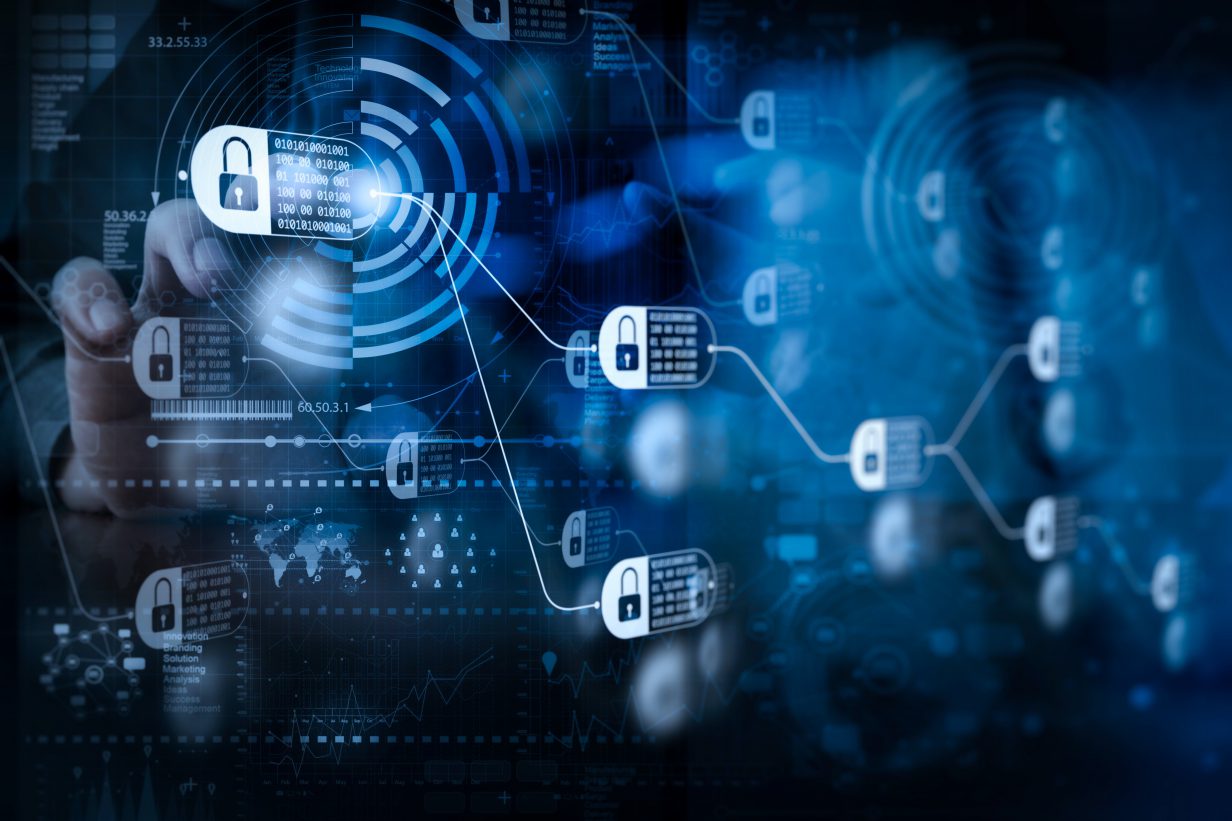
1.5 What can Blockchains do?
If you have managed to surpass the unknown of 1.4 Who invented, owns and controls the various Blockchains? you must be looking for more information about Blockchain. Now it’s time for us to look at what Blockchains can do and start to think about where it can fit into our daily lives (more of this in 1.6). Below we are going to take you through the main five areas of the Blockchain network, which will consequently identify the uses for each area and give its purposes for where you see it supporting different tasks.
5 Key Characteristics of Blockchain Networks
Before we go into the 5 characteristics in more detail, we have created a brief summary, to introduce you to the new buzzwords within our discussions. The below list will help you recognise Blockchain technology in the future and also offer a starting point as you consider the adoption of Blockchain in your day to day life.
- Consensus: Before a transaction is added to the Blockchain, the majority of participants must check the validity of the entry.
- Provenance: All details of the different transactions are transparent to all users, creating an automatic level of trust.
- Security/Immutability: It isn’t possible to edit any blocks across the chain once the transaction has been recorded.
- Availability: It is almost impossible to disrupt the network, therefore it is always available for users to access and make further transactions.
- Finality: A single, shared ledger provides one place to go to determine the ownership of an asset or the completion of a transaction.

1. Consensus
Consensus refers to the way in which information is secured within the network; the fact that there is no central authority which oversees the network, but rather it is secured through the majority vote from all participants involved in the network. Therefore, there is no central party’s interests which are being considered; this is a great increase in efficiency. The reliability of this consensus depends on network size; the larger the network, the more nodes (people) in operation and therefore the greater the security of the network against malicious actors, who might seek to add alternative information to the Blockchain.
2. Provenance
Provenance refers to the traceability of transactions; on the Blockchain, this is entirely decentralised and trustless, meaning that you don’t have to have blind trust in the other participants; you know what is on the chain is the correct version of events, the same way you know that 1+1=2. This holds huge implications for transparency and accountability in the system.
3. Security/Immutability
Security and immutability refers to the reliability of transaction history as well as the fact that information, once recorded, cannot be changed. This has huge implications for trust in transacting, removing the need for middlemen and third parties in many cases. It also ensures there is no danger of double-spending in cryptocurrencies or double entries in inventory logs and reduces possibilities for fraudulent behaviour.
4. Availability
Availability refers to the fact that due to the decentralised nature of cryptocurrency networks, there is no way to shut them down; they are always available. Whereas with traditional digital infrastructure, where a server failure, or network maintenance may result in a loss of service, cryptocurrency networks like the bitcoin network are administered and stored simultaneously by its users, meaning that network disruption is almost impossible, as it would require each participant in the network to lose connection to the network for it to go down.
5. Finality
Finality refers to the irreversibility of transactions; once a transaction is recorded on the blockchain, it cannot be reversed. The value of this attribute lies in the fact that parties who do not know or trust each other can nevertheless transact together. Smart contracts enable a simultaneous execution of transactions and both parties can rest assured in the fact that the transaction cannot be reversed in any way.
Looking for more information about Blockchain?
Now we understand the key characteristics of Blockchain and can see the possibilities across the network. We are going to bring this technology to life and take you through some real life examples of what Blockchain can be used for in 1.6 What is Blockchain used for? Released 17/04/2020. We hope we are already bringing this advanced technology to life for you and look forward to hearing your considerations for adopting Blockchain in your own life.
No Comments